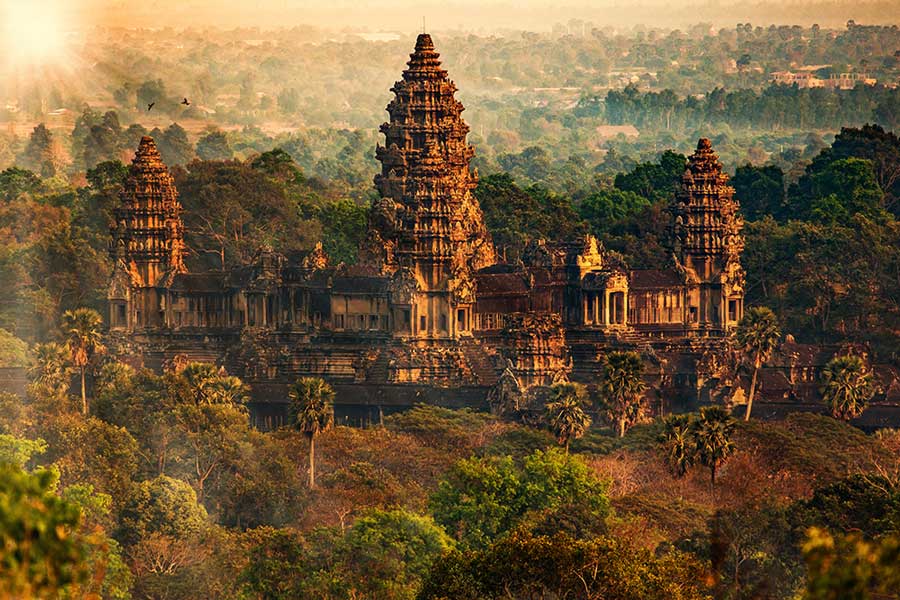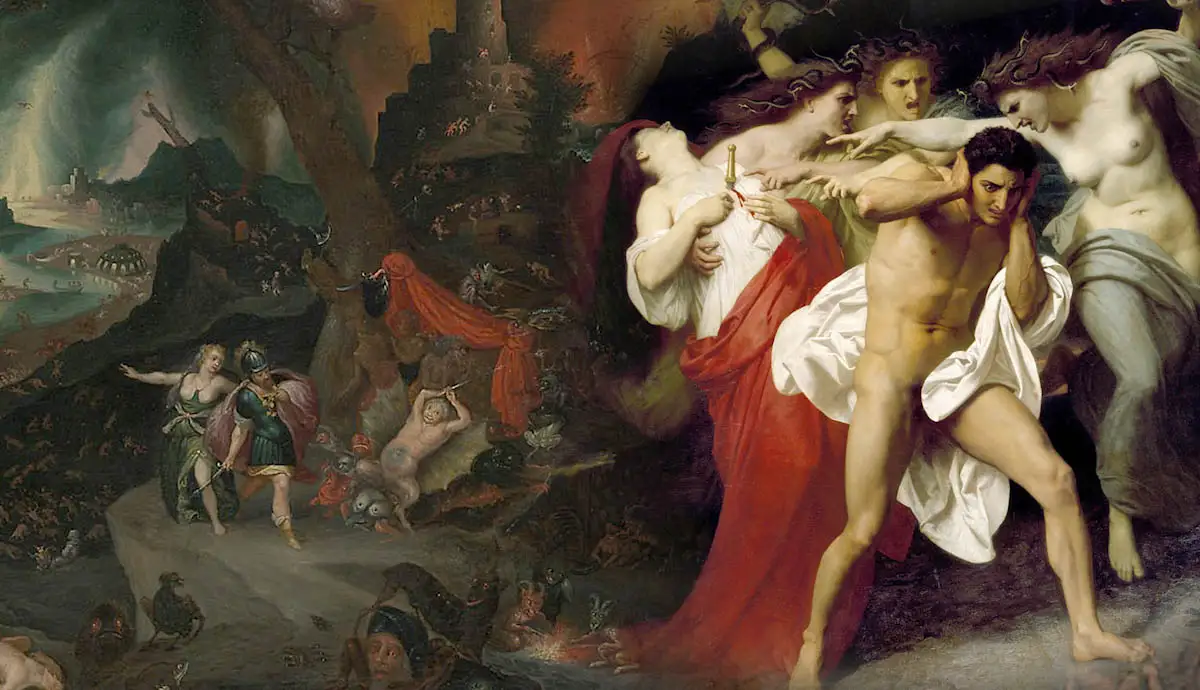vcdiversity.org – Nestled within the lush jungles of Cambodia, Angkor Wat stands as a testament to the grandeur and mystery of the Khmer Empire. This ancient temple complex, recognized as a UNESCO World Heritage Site, is not only a masterpiece of architecture but also a symbol of Cambodia’s rich cultural and religious history. In this article, we will explore the enigma of Angkor Wat, delving into its historical significance, architectural marvels, and the spiritual legacy it holds.
The Historical Significance of Angkor Wat
Angkor Wat, meaning “City Temple,” was originally constructed as a Hindu temple dedicated to the god Vishnu by King Suryavarman II in the early 12th century. It later transformed into a Buddhist site, reflecting the changing religious landscape of the region. The temple served as the capital of the Khmer Empire, which was one of the most powerful empires in Southeast Asia, controlling much of present-day Thailand, Laos, and Vietnam.
The construction of Angkor Wat is believed to have taken approximately 30 years to complete, employing thousands of workers and artisans. The temple’s intricate carvings and bas-reliefs depict various scenes from Hindu mythology, the life of the Khmer royalty, and historical battles, offering a glimpse into the life of the Khmer Empire.
Architectural Marvels
Angkor Wat is renowned for its architectural brilliance. The temple is designed to represent Mount Meru, the mythical home of the gods, with its central tower symbolizing the sacred mountain’s peak. The complex is laid out in a symmetrical pattern, with three rectangular galleries surrounding a central tower, all enclosed by a square moat.
The temple’s vastness is awe-inspiring, covering an area of over 200 hectares. Its five majestic towers, adorned with lotus-bud-shaped spires, rise above the dense jungle canopy, visible from miles around. The intricate stone carvings that adorn the temple walls are a testament to the skill and artistry of the Khmer sculptors.
Spiritual Legacy
Angkor Wat is not only a marvel of engineering and art but also a place of profound spiritual significance. The temple’s transformation from a Hindu to a Buddhist site reflects the religious evolution of Cambodia. Today, it serves as an important pilgrimage site for Buddhists, who come to pay their respects and meditate within its sacred walls.
The temple’s bas-reliefs and statues, though worn by time and the elements, continue to convey a sense of the divine. The Apsara dancers, with their graceful poses and serene expressions, are particularly celebrated, symbolizing the harmony between the spiritual and the earthly.
Preservation and Tourism
The preservation of Angkor Wat is an ongoing challenge, with efforts to protect the temple from the ravages of time, weather, and human impact. Conservation projects, led by international teams, work to restore and maintain the temple’s structures, ensuring that this ancient wonder can be appreciated by future generations.
Tourism plays a vital role in the preservation of Angkor Wat, providing the necessary funds for conservation efforts. However, it also poses a threat, as the influx of visitors can lead to wear and tear on the ancient stones. Balancing the needs of preservation with the desire to share this cultural treasure with the world is a delicate task.
Conclusion
Angkor Wat is more than just a temple; it is a living museum that tells the story of the Khmer civilization. Its enduring mystery and beauty continue to captivate the imagination of people around the world. As we stand in awe of its grandeur, we are reminded of the power of human creativity and the enduring legacy of the past. Angkor Wat is not just a monument to the gods; it is a monument to the human spirit, a testament to our capacity for greatness.

